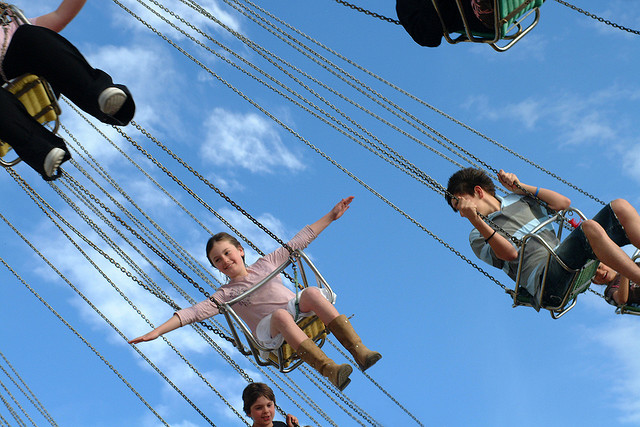
Unsurprisingly, one of the best ways to reduce anxiety inflight (and, really, anywhere), is to simply relax the body, given that this is a response that is incompatible with the so-called sympathetic nervous system (the one responsible, for example, for the famous “fight-or-flight” impulse). That’s why in this post we’d like to present some simple and quick relaxation techniques that will work anywhere – including, of course, on board an aircraft.
The first is a very simplified version of the progressive muscle relaxation technique developed by U.S. physician Edmund Jacobson in the 1920s. It consists basically of tensing, then relaxing various distinct muscle groups, beginning with the arms, continuing with the head, the trunk, the legs, and the entire body.
What then follows is a series of variations on control of breathing:
- Abdominal breathing: This involves concentrating your breathing – which should be made as slow and soft as possible – in the abdominal area, expanding it while breathing in and collapsing it while breathing out. It’s helpful to place a hand on your belly, just below the navel, because the rising and falling motion will help verify that the action is being performed correctly.
- Deep breathing: Inhalation is deeper than normal, and involves holding that breath for between five and ten seconds before letting it out slowly. This technique is recommended for situations of particularly high anxiety, and repeating this cycle five times is usually sufficient to produce significant calming effects.
- Breathing while counting: Count to three on the inhale, hold your breath while counting to two, then count to three while exhaling.
- Mindful breathing: Simply focusing our attention on our respiration, without any attempt to force or control it – simply taking note of how the air enters through the nostrils, fills the lungs, and leaves again, will have the effect of slowing and deepening that breathing, with an accompanying calming effect.
And by the way, it goes without saying that all of the above techniques will be more effective if you practice them at home before boarding your flight!
image | hangdog

